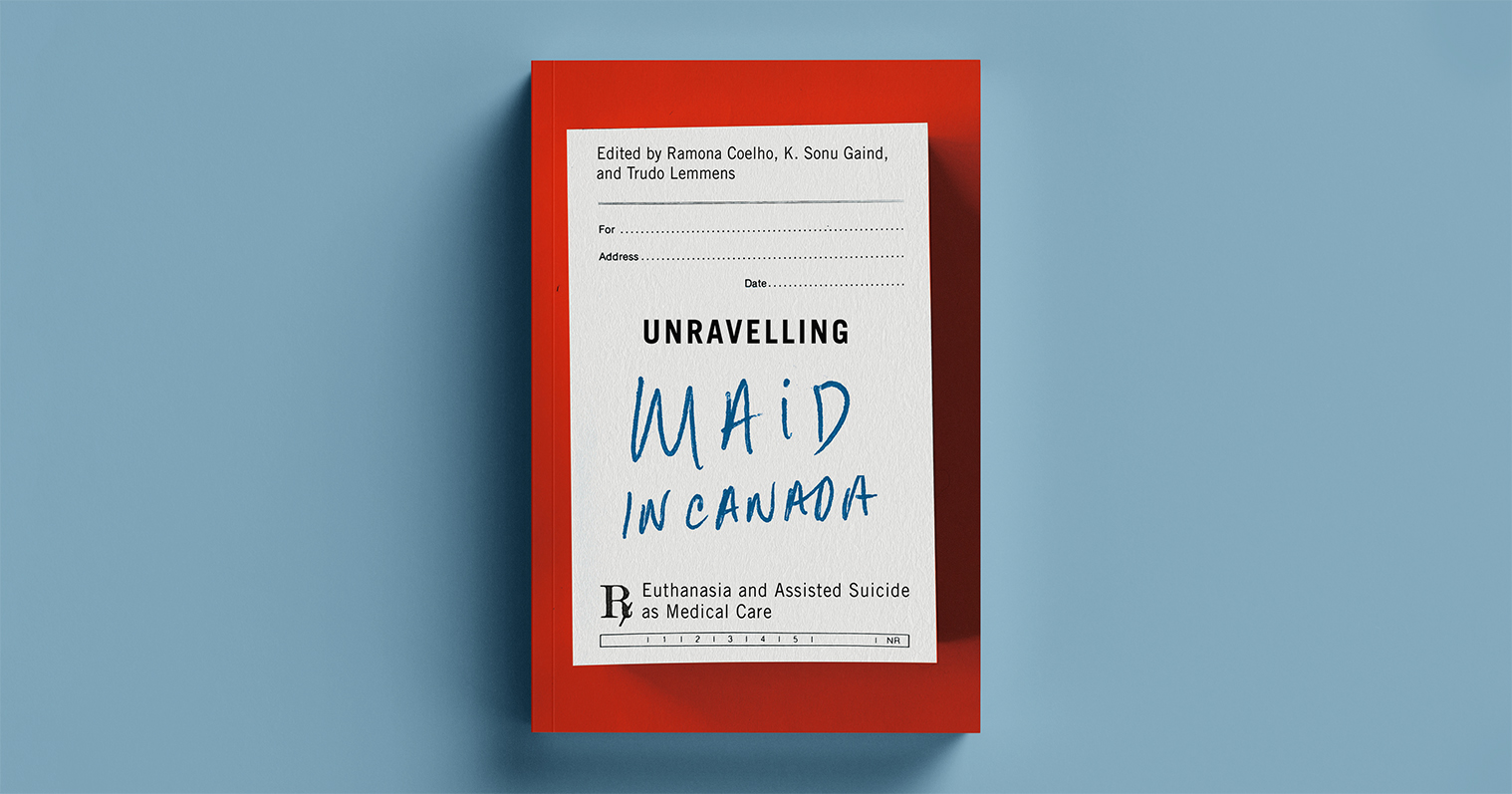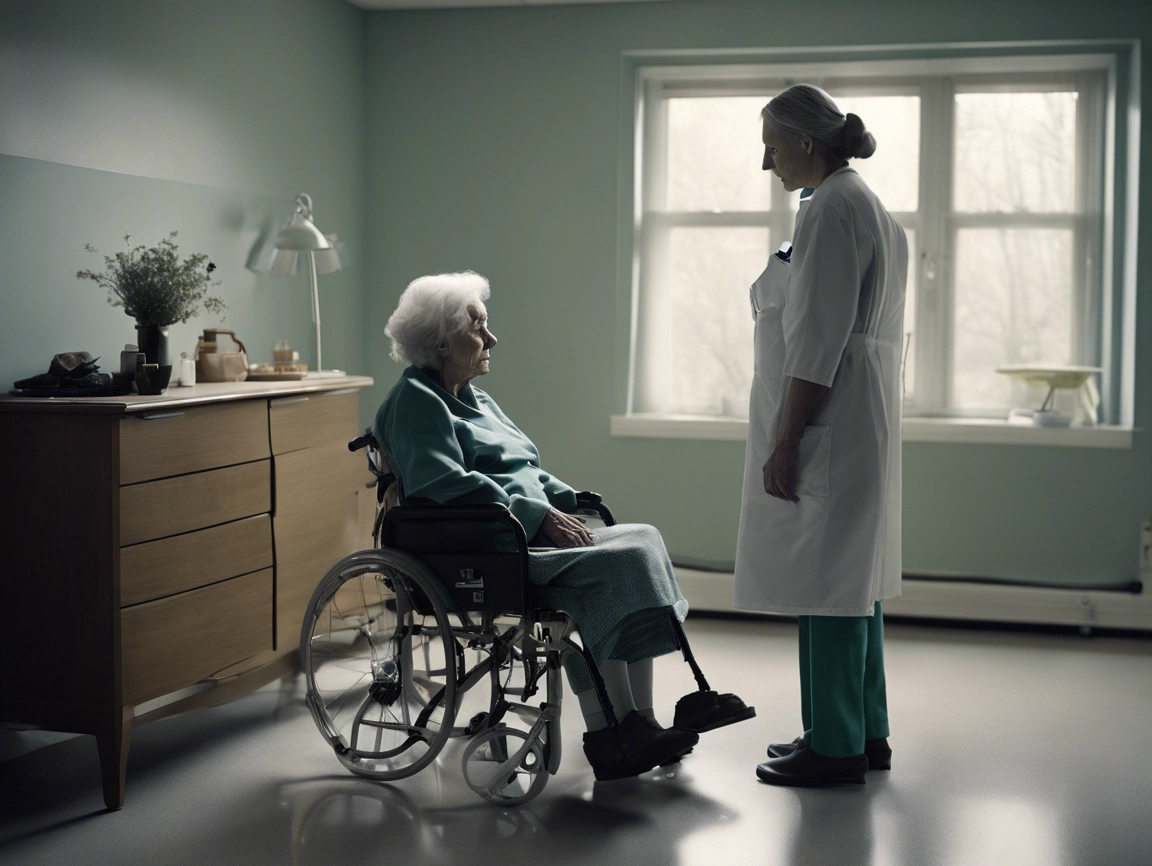End of life care was in the news last week. The Carter decision, and the question of whether a doctor should be obliged to participate in assisted suicide, were hotly debated at the Canadian Medical Association (CMA) and the Canadian Medical Protective Association (CMPA) annual meetings in Halifax August 23-26.
At the CMA a strategic session entitled “Principles-based approach to assisted dying in Canada” was held on August 25. Given that in an online survey of the Association’s membership only 29 per cent of doctors said they would consider assisting in a suicide if requested by a patient, while 63 per cent would refuse, the question of how an objecting physician should react to such a request was very timely. Among several options proposed, ranging from a duty to refer to a non-objecting doctor at one end of the spectrum, to patient self-referral to a central service at the other, the one favoured by most delegates was a “Duty to provide complete information on all options and advise on how to access a separate central information, counseling, and referral service”. This would allow for the discussion of all options between the patient and the physician who knows him. If, after considering all of the options, the patient still wants assisted death, she may access that directly. This option ensures that all reasonable alternatives are considered.
However the next day a motion from a member that “The Canadian Medical Association policy on physician-assisted death will reflect that physicians with conscientious objections should not be obligated to refer for medical aid in dying” was defeated.
At the CMPA annual meeting on August 26, the following motion was proposed by Dr. Todd Howlett of Halifax: “BE IT RESOLVED THAT the CMPA strongly consider assisting in the defence of members in matters involving the exercise of their freedoms of conscience, religion, and professional judgment, and engage with other stakeholders to express members’ concerns about mandatory obligations that interfere with those freedoms.” Several people spoke strongly against it in the debate. There was a motion from the floor that it be divided into two motions, presumably in an attempt to get the first part without the second; both passed by a healthy margin.
Small victories in the big scheme of things, but victories nonetheless.


